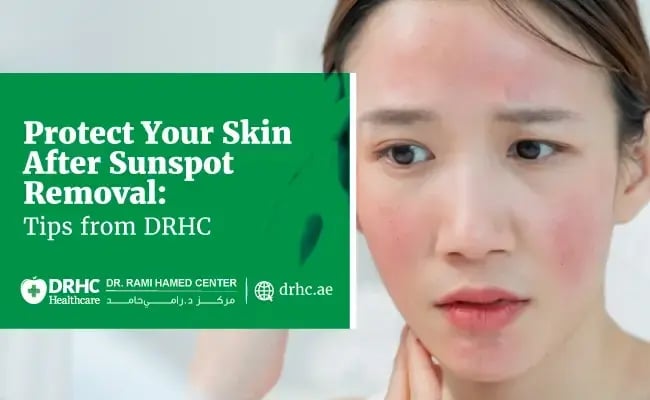
Sunspot removal can be a refreshing step toward achieving clear, youthful-looking skin—but your results don’t end in the treatment room. The way you care for your skin after your procedure plays a crucial role in healing and maintaining your beautiful results. At Dr. Rami Hamed Center (DRHC) in Dubai, we understand that post-treatment care can feel confusing or even stressful, especially for those new to laser or dermatological treatments. Here’s a practical, doctor-guided approach to help you protect and nourish your skin after sunspot removal.
Why Aftercare Matters
Sunspot removal treatments—whether done with laser, chemical peels, or topical therapies—work by targeting excess pigmentation in your skin. After treatment, the skin becomes more sensitive and vulnerable to sunlight, dryness, and irritation. Proper aftercare not only ensures smooth healing but also prevents the reappearance of pigmentation and protects against post-inflammatory hyperpigmentation (PIH).
In short, how you treat your skin after your session directly impacts how long your results last.
1. Protect from the Sun—Always
Sun exposure is one of the main causes of sunspots, and it remains the biggest threat after removal. Even a few minutes of unprotected sunlight can trigger pigment cells to reactivate.
Post-treatment sun protection tips:
- Apply a broad-spectrum sunscreen (SPF 30 or higher) every morning, even if you’re indoors.
- Reapply every 2–3 hours when outdoors.
- Wear wide-brimmed hats and seek shade whenever possible.
- Avoid outdoor activities during peak sunlight hours (10 AM – 4 PM).
At DRHC Dubai, patients are always advised to treat sunscreen as their daily skin “shield”—not just a cosmetic step.
2. Keep the Skin Cool and Calm
After a laser or chemical peel, your skin may feel slightly warm, sensitive, or tight. This is completely normal. Avoid hot showers, steam rooms, or saunas for a few days, as heat can increase inflammation and slow recovery.
Instead, use cool compresses or gentle thermal water sprays to soothe your skin. Always pat the skin dry—never rub.
3. Moisturize and Hydrate
Proper hydration helps your skin recover faster. Use a gentle, fragrance-free moisturizer recommended by your dermatologist to support healing and reduce dryness or flaking. Drink plenty of water to keep your skin hydrated from within.
This step is especially important in Dubai’s dry climate, where dehydration can easily lead to irritation or uneven healing.
4. Avoid Harsh Products Temporarily
It’s important to give your skin time to recover. Avoid the following for at least a week or as advised by your dermatologist:
- Exfoliants (like scrubs or chemical exfoliators)
- Retinol or strong active serums
- Perfumed skincare products
- Makeup for at least 24–48 hours post-procedure
Your specialist at DRHC will guide you on when to safely reintroduce these products.
5. Watch for Signs of Sensitivity
Mild redness, tightness, or peeling are normal during recovery. However, if you notice unusual irritation, swelling, or discomfort, it’s best to contact your dermatologist promptly. Early guidance can prevent complications and ensure the best long-term results.
6. Maintain Your Results with Regular Care
Once your skin has healed, consistent care keeps it glowing and prevents new sunspots from forming.
Simple habits like:
- Using sunscreen daily
- Exfoliating gently once the skin has fully recovered
- Eating antioxidant-rich foods
- Scheduling periodic skincare consultations
…can all help maintain an even, radiant complexion.
At DRHC Dubai, our dermatology team provides customized skincare maintenance plans tailored to your skin type and treatment history.
Frequently Asked Questions (FAQs)
1. Can I go out in the sun after my sunspot removal treatment?
You can, but it’s crucial to use sunscreen and wear protective clothing. Avoid direct sunlight during peak hours for at least two weeks after treatment.
2. When can I start wearing makeup again?
Generally, light makeup can be applied after 24–48 hours once redness subsides—but always confirm with your dermatologist at DRHC Dubai.
3. Will my sunspots come back?
With good sun protection and consistent skincare, the results can last long term. However, prolonged UV exposure without protection can cause new spots to appear.
4. Is peeling or redness after treatment normal?
Yes, mild peeling or redness is part of the natural healing process. It typically resolves within a few days.
5. Do I need follow-up sessions?
Depending on the severity of pigmentation, multiple sessions might be needed for optimal results. Your dermatologist will personalize your plan at DRHC Dubai.
Conclusion
Clear, spot-free skin is achievable—but lasting results depend on diligent care after your treatment. By protecting your skin from the sun, keeping it hydrated, and following your dermatologist’s advice, you can maintain a healthy glow for years to come.
At Dr. Rami Hamed Center (DRHC) Dubai, our experienced dermatology team offers advanced sunspot removal and personalized aftercare guidance to ensure your skin heals beautifully and safely.
📍 Book your consultation at DRHC Dubai today to learn more about sunspot removal treatments and long-term skin health.
📞 Call / WhatsApp: +97142798200
📍 Visit Us: Dr Rami Hamed Center, Dubai Healthcare City
🌐 Website: www.drhc.ae
Topic: Dermatology




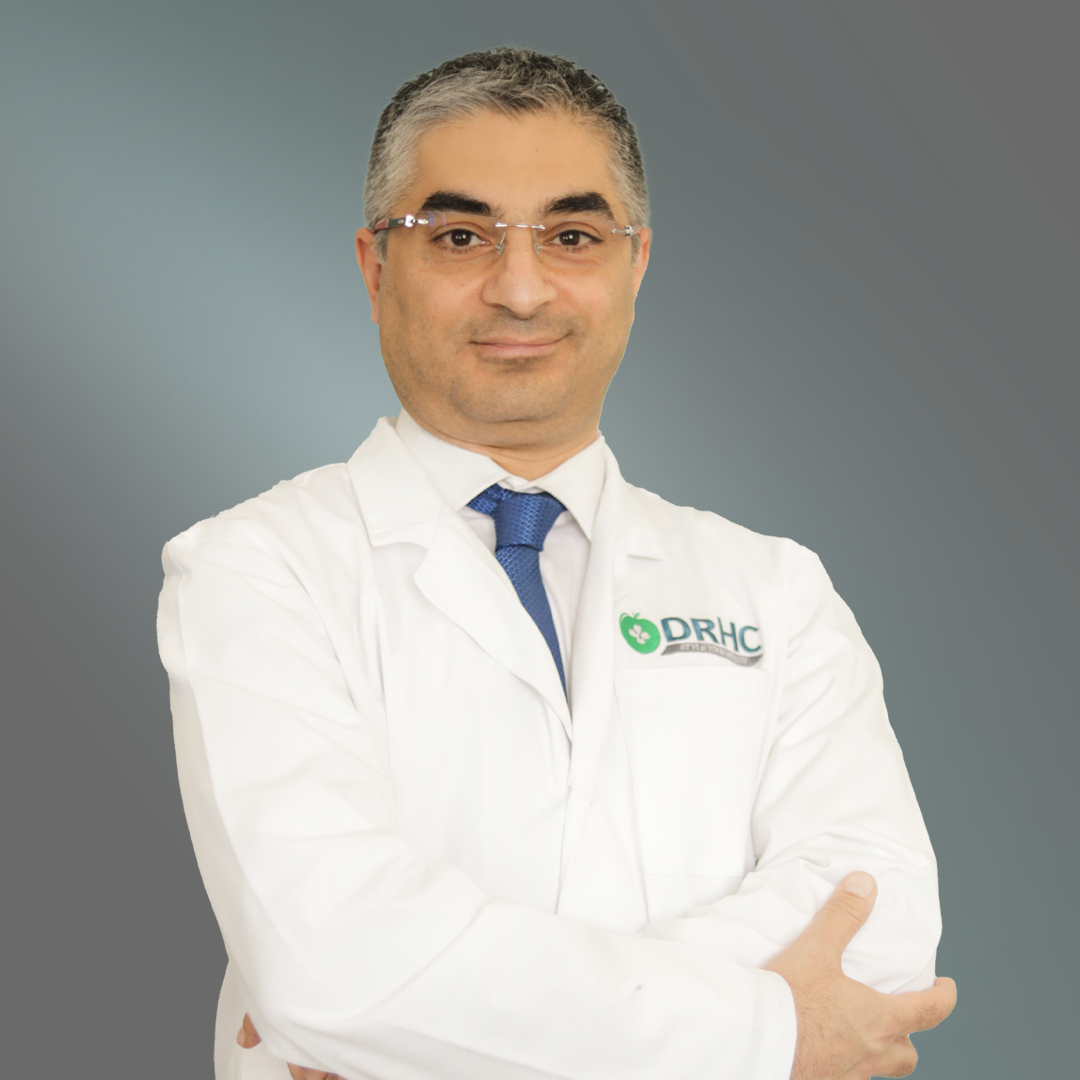
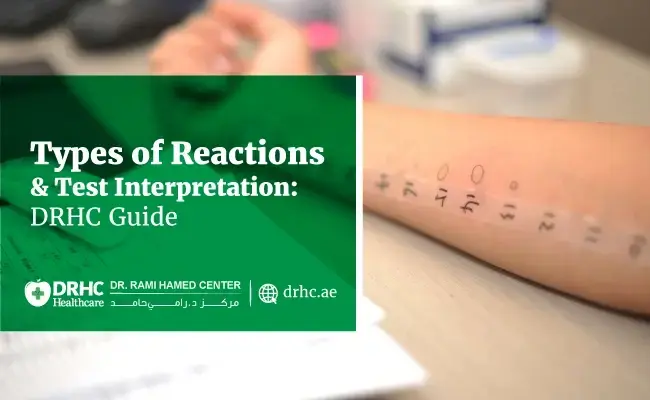
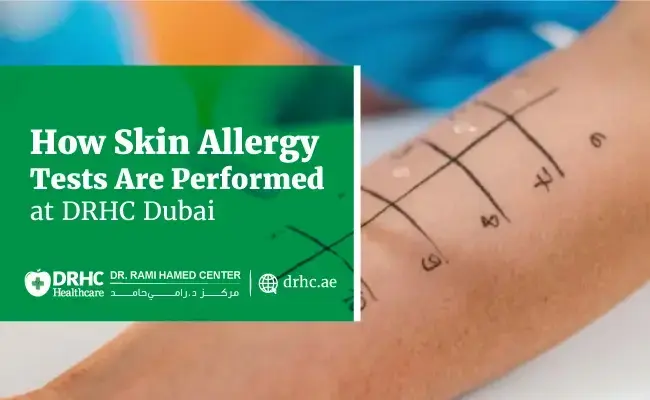
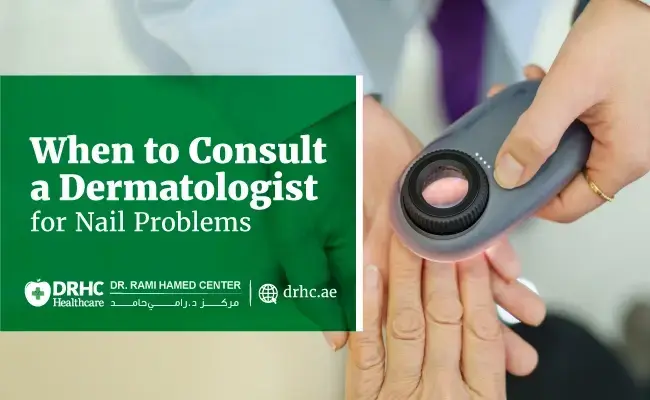

Leave a comment